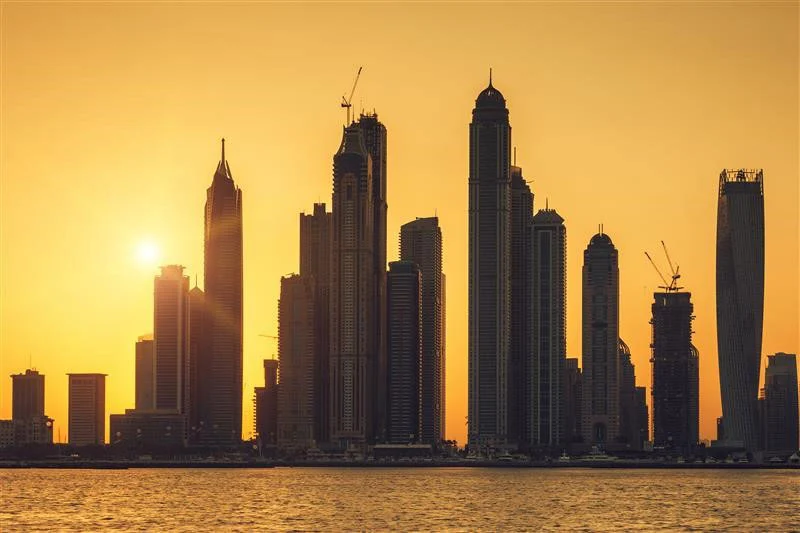Trending Now: UK Oil and Gas
By Laura Petrie, Partner, Ledingham Chalmers
If you could sum up the UK Oil and Gas industry in 2018 in one word, what would it be?
Optimistic? Recovering? Stabilising?
These have all been used often over the last year, but are they enough? Wouldn’t any of us in the sector rather be known on the global stage as being innovative, dynamic and forward-thinking?
Thought so.
Even though improvements in the oil and gas market (increased demand, increasing prices, growing numbers of sanctioned projects) have been well reported over the last 12 months, there have also been significant developments in the UKCS market which, although covered, haven’t attracted the recognition they deserve.
Gas to wire – innovative thinking
Earlier this month the TIGRE Group (Transition to Integrated Gas and Renewable Energy) announced it had the go-ahead to develop plans to install a gas turbine on an existing southern North Sea platform to convert produced natural gas to electricity, which can then be taken to shore via a neighbouring offshore wind farm substation.
This concept could extend the operational lifecycle of ageing gas fields as well as reduce carbon footprints and provide an export route that doesn’t rely on mature transportation systems facing decommissioning.
Moreover, the reduced costs of the simplified ‘transportation’ arrangements could be the key to maximising recovery from stranded fields, or increasing the economically viable lifespan of others.
The first project of this type should come on-line in 2020, subject to planning approval and investment.
This kind of cross-energy industry engagement indicates the sector is really opening up to new ways of working, which also present an opportunity to contract differently – exactly what’s needed for a sustainable market here in the UKCS.
Dynamic data and digital thinking
In September, the results of a joint study by the Technology Leadership Board, the Oil and Gas Technology Centre and the Oil and Gas Authority determined savings of up to £1.5billion annually could be made by business operating in the UKCS if data analytics and digital technologies were adopted for asset maintenance.
We have enough data here in the UKCS for extensive modelling and analysis, and there are various digital technologies available to interpret that data; however, these are not being used to their full potential.
The organisations behind the study hope the oil and gas industry here — to improve maintenance and shut down schedules, thereby reducing costs — learns from other industries, such as aviation and utilities, where this technology is already making a difference.
Future-facing
At the start of the year it was announced that early stage technology trials were underway for the use of drone technology for the purposes of inspection and modelling on offshore assets. This technology has significant implications for reducing risk when carrying out offshore inspections and will be invaluable for decommissioning: allowing ‘up-close’ real-time viewing of parts of installations that might previously have been out of reach or high risk.
Directional development
These and many other similar developments in the UKCS market means that there is significant scope for the UK to be recognised as a hub for oil and gas skills and excellence. Moreover, the sense at various industry events and expos at home and abroad is that the UK, and particularly Scotland, are ones to watch in the next few years.
If 2018 was the year that the UK started to trend in the oil and gas market, 2019 should be its time to become an influencer.
Published: 22-12-2018














